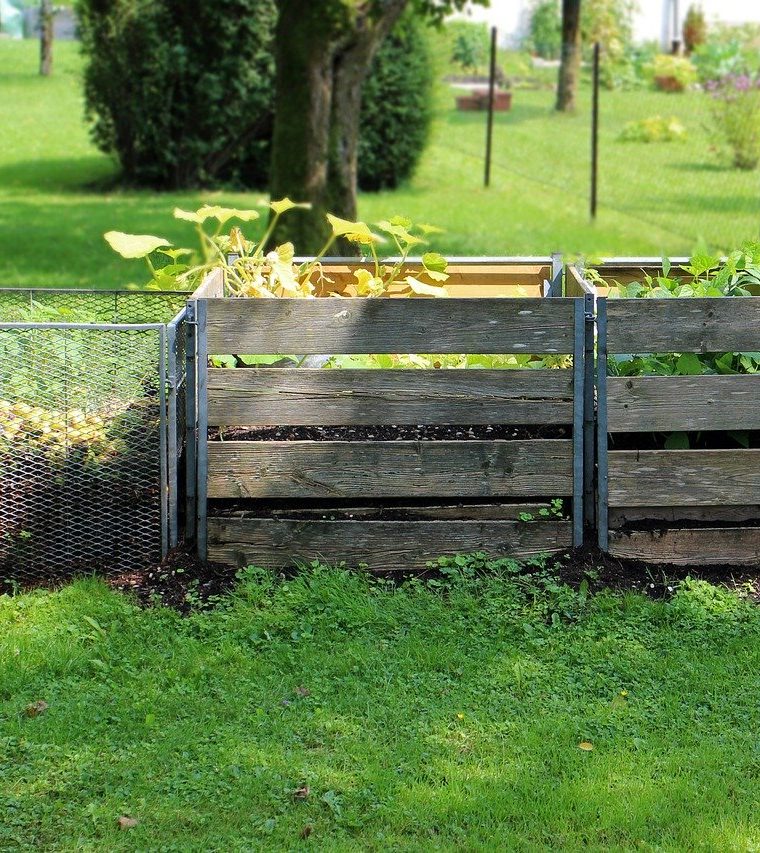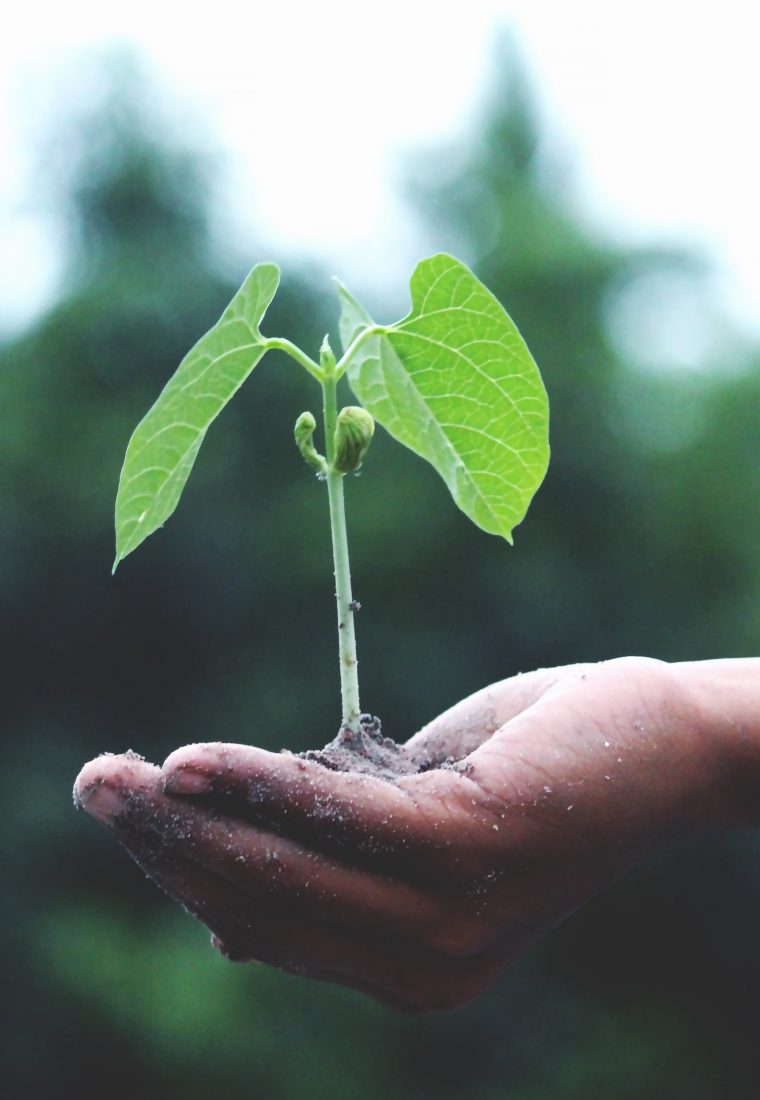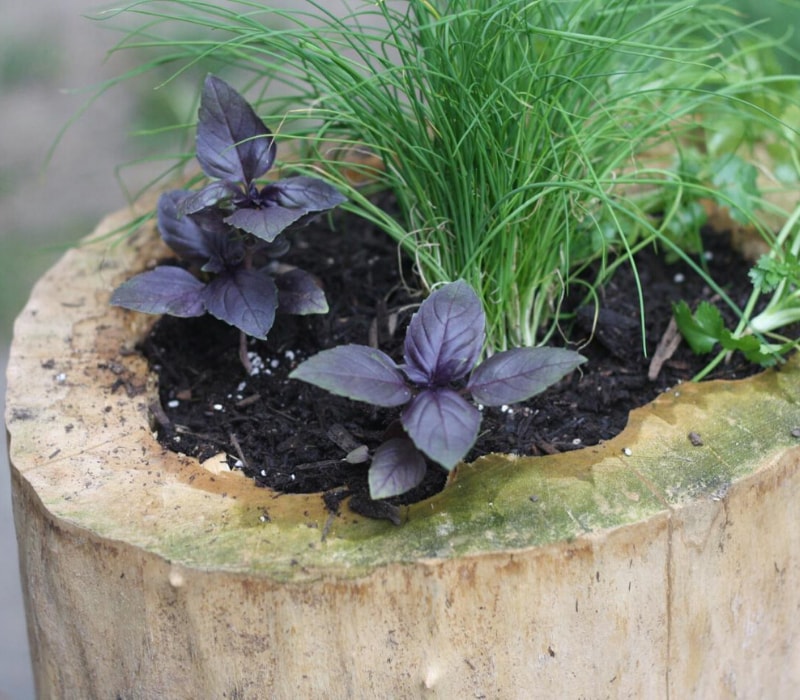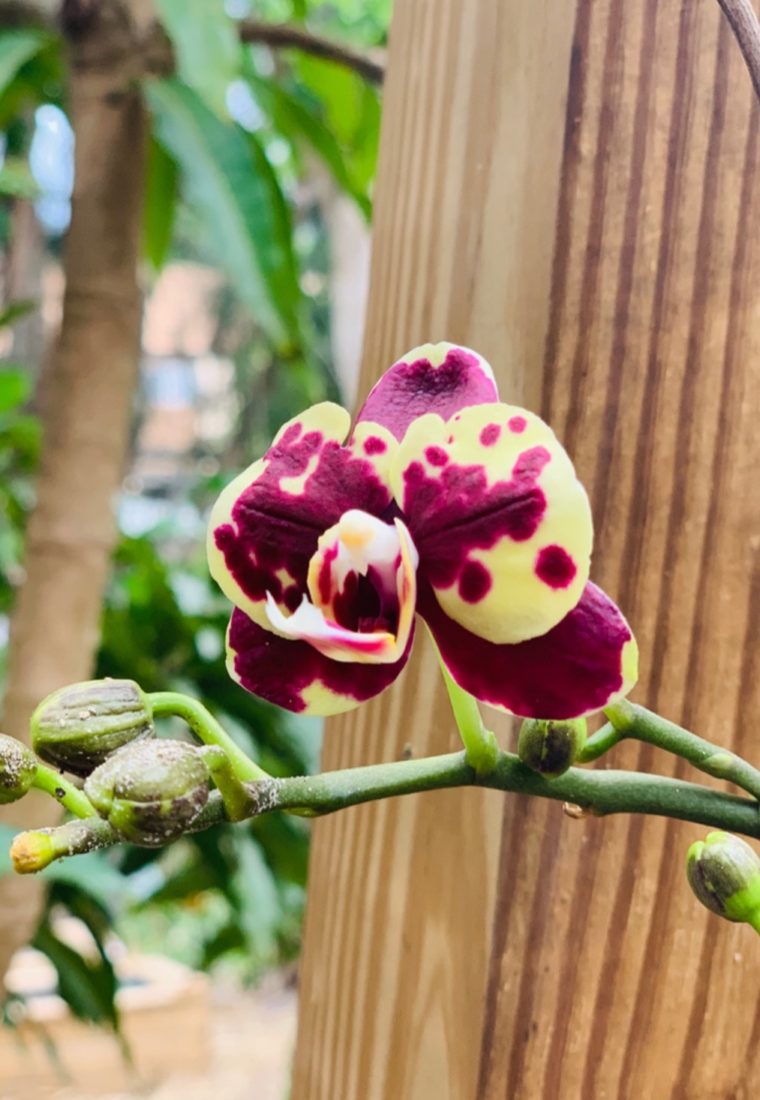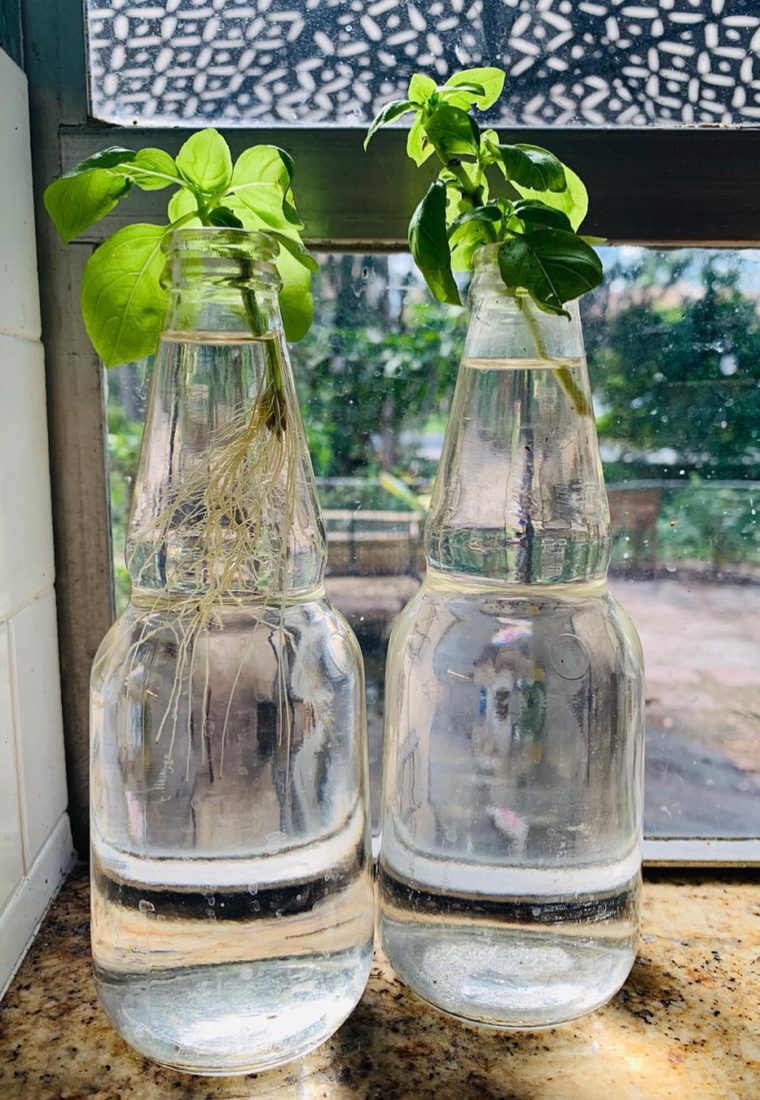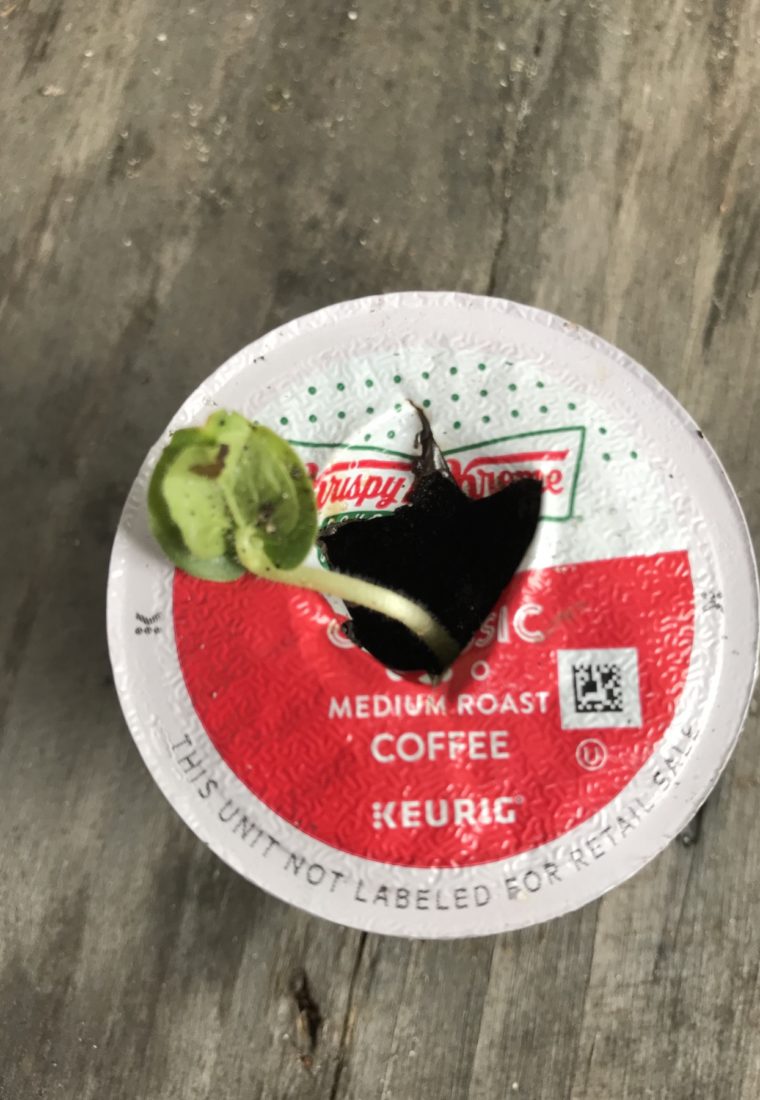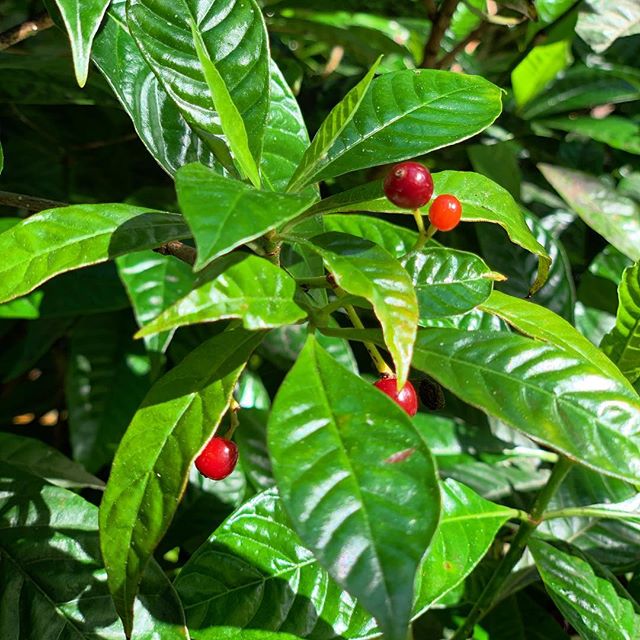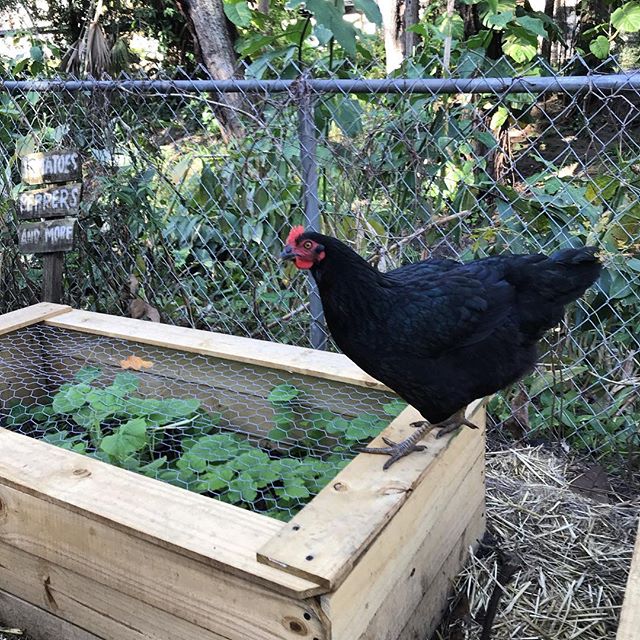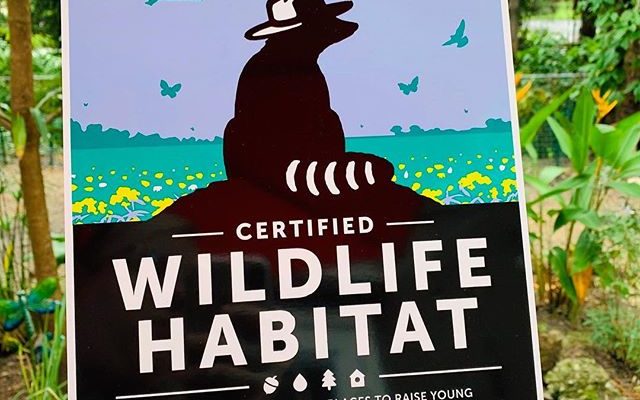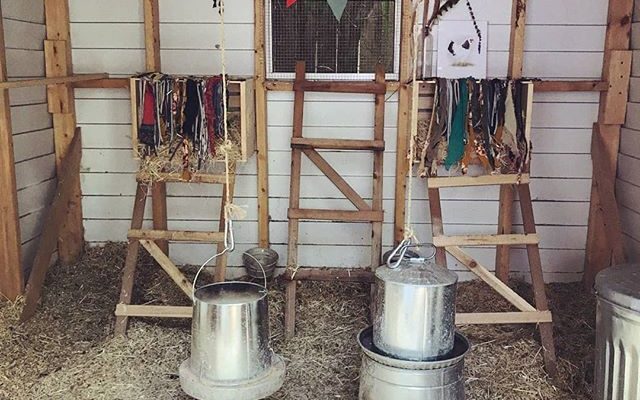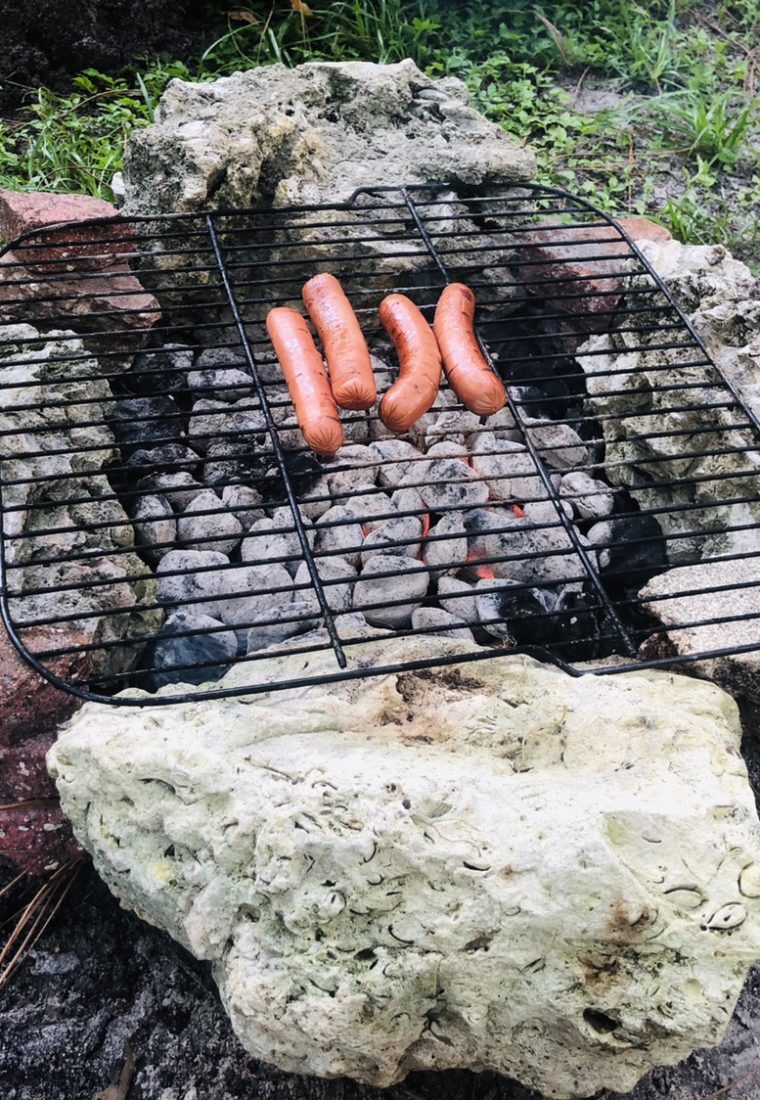Environmentally Friendly Gardening: 3 Must-Haves
Do you want to be more sustainable at your homestead, especially in your garden? It is very easy to get discouraged when our projects don’t work as quickly as we want. Adding these few items into the rhythm of your daily life will encourage sustainability for the environmentally friendly gardener. Check out these 3 Must-Haves to improve your Environmentally Friendly Gardening:
Cute bin, Dirty business
This 1.3-gallon compost bin on Amazon is not only affordable but has a five-star rating. It will most definitely accommodate the needs of an average size family’s food waste. This bin will add a classy touch to your kitchen counter because it made of stainless steel. Additionally, the activated-charcoal filter keeps your house from smelling like what you’re collecting. If you treat the filter well and clean it, it should treat you well up to six months.
Papa Bear Bin
If you have a compost bin in the house, you best have a compost bin outside. Your indoor compost bucket is merely the middle-man, transporting food waste to the larger container before it makes its way into the garden. Several outdoor composting options are available for environmentally friendly gardeners. This sizable container is more budget-friendly and gets the job done, while this option offers a nice price and allows you to turn the compost without having to employ much elbow grease.
The Magic Ingredient, Water
To tie it all nicely together, what would compost be without cool, clean water to help the nutrients infiltrate the soil? Unless you live where the rain falls at perfect intervals and your garden never needs watering, this sensible rain barrel should come in handy. Fifty gallons will help you water a small garden until the next rain event.
In your homesteading quest for zero-waste glory, each of these products will assist you in your mission. Starting in your kitchen, food waste makes its way to your tiny bin. Then from the tiny bin to the papa bear bin and ultimately to those hungry baby plants in the garden, only to be watered in with the heavenly rain you have collected.
Happy composting! And we hope these 3 Must-Haves to improve your Environmentally Friendly Gardening gave you some great new ideas!
